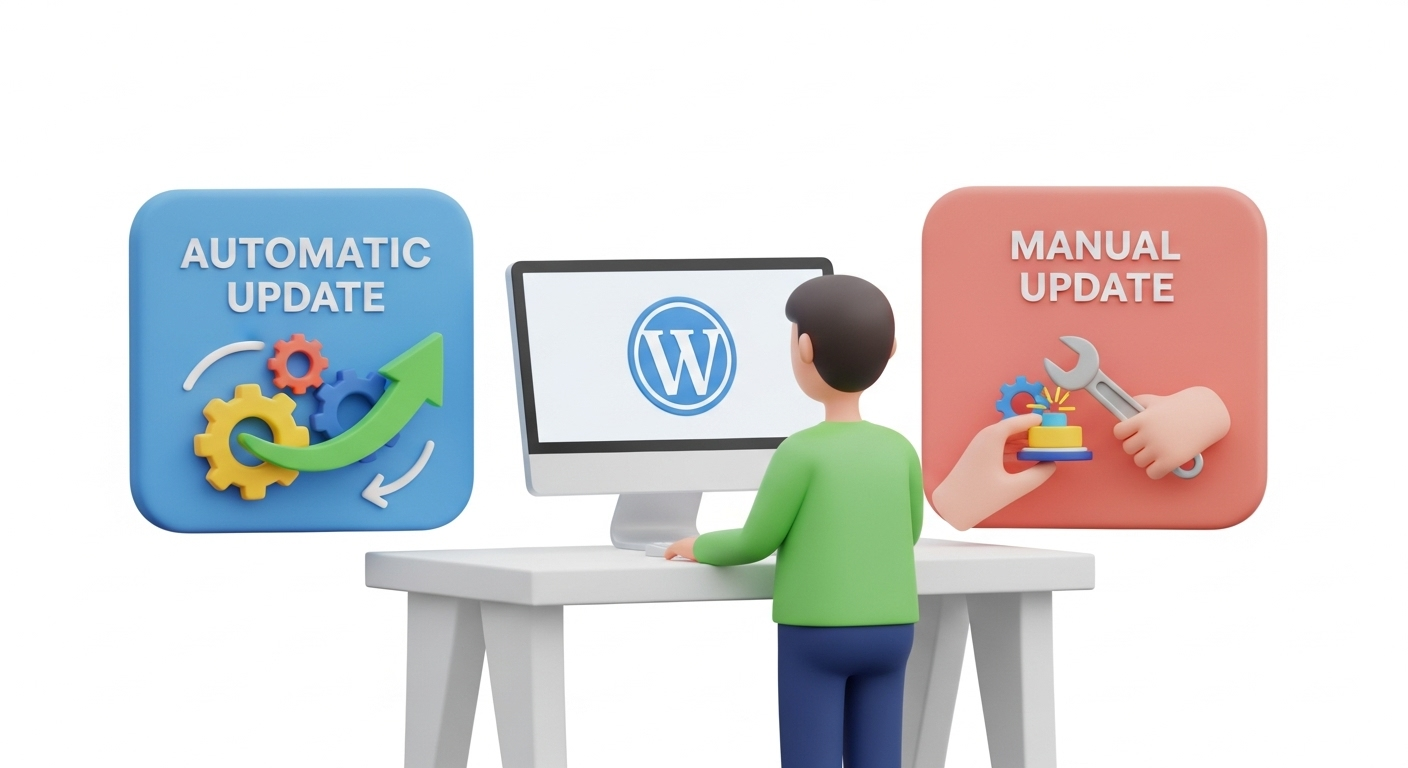Running a multilingual eCommerce store on Magento can offer flexibility and enterprise-level power — but it’s not always the most user-friendly or cost-effective solution. For many merchants, especially in 2025, WooCommerce presents a more agile and affordable alternative.
However, when it comes to magento to woocommerce migration, things get more complex if your store supports multiple languages.
In this guide, you’ll learn how to successfully handle a multilingual eCommerce transfer, including best practices, technical tips, and the right eCommerce switch tools to simplify the process.
Why Migrate from Magento to WooCommerce?
Here are the most common reasons businesses make the switch:
- Lower maintenance costs and hosting flexibility
- Easier interface for store managers and content teams
- Deep WordPress integration for content-driven commerce
- Access to multilingual plugins like WPML and TranslatePress
- Larger plugin ecosystem for marketing and sales tools
⚖️ Magento is powerful but can feel too heavy for small and mid-sized businesses. WooCommerce strikes a better balance between power and usability.
What Is a Multilingual eCommerce Transfer?
A multilingual eCommerce transfer means you’re not just moving products and customers — you’re also migrating:
- Product names, descriptions, and SEO metadata in multiple languages
- Translated pages, categories, and blog content
- URL structures and hreflang tags
- Language switchers and domain/subdirectory setup
Each language version should retain its structure, links, and SEO integrity during the migration.
️ Step-by-Step Magento to WooCommerce Migration (Multilingual Focus)
Step 1: Set Up WordPress + WooCommerce
- Choose a WooCommerce-compatible theme
- Install multilingual plugins (e.g., WPML, Polylang, TranslatePress)
- Define your language structure:
- Subdirectories (e.g.
/en/,/de/) - Separate domains (advanced)
Step 2: Backup Your Magento Store
Before you touch anything, create a full backup of:
- Database
- Media files
- Language-specific content
- Custom code or Magento extensions related to language switching
Step 3: Use an eCommerce Migration Tool
For multilingual sites, Cart2Cart is recommended tool. They support magento to woocommerce migration and preserve:
- Multi-language product data
- Categories and translated descriptions
- Orders and customer records
- SEO URLs (some limitations may apply)
Steps:
- Connect Magento and WooCommerce stores
- Map data between languages
- Run a demo migration to check results
- Launch full migration
Review how each tool handles WPML compatibility before launching full transfer.
Step 4: Rebuild Language Pages and Navigation
After the migration:
- Assign products/pages to the correct language using WPML or your chosen plugin
- Create language-specific menus
- Ensure hreflang tags are generated and added
- Re-link translated versions of pages manually if needed
Step 5: Reconfigure SEO Settings
For every language:
- Add custom meta titles and descriptions
- Set canonical and alternate hreflang links
- Submit multilingual sitemaps to Google Search Console
- Check redirects for each language version (especially if URLs changed)
Step 6: Test Everything Thoroughly
Be sure to test:
- Language switcher behavior
- Checkout and cart for all languages
- Currency and tax logic per region
- Product search and filters
- Mobile responsiveness
✅ Final Thoughts
A Magento to WooCommerce migration can be challenging — especially when dealing with multiple languages — but it’s absolutely achievable with the right strategy and tools.
Using powerful eCommerce switch tools, testing thoroughly, and preserving your multilingual content structure will ensure your multilingual eCommerce transfer is a success — without losing SEO, performance, or customer experience.
Monthly Update – November 2025
For November 2025, a critical aspect of successful e-commerce replatforming, especially for multilingual stores moving to WooCommerce, is mastering data validation and post-migration QA. With the complexity of multiple language versions, it's not enough to simply check if data has moved; you must verify that each product, category, and page is accurately displayed in its respective language, with correct pricing, localized content, and functional navigation. Implement a rigorous, multi-stage testing protocol that includes automated checks for broken links and missing images across all language variants, alongside manual review by native speakers. Focus on user journeys for each linguistic segment, from browsing to checkout, ensuring a seamless experience. Furthermore, plan for ongoing content synchronization and translation workflows to maintain consistency post-launch. This proactive approach to validation will safeguard your SEO rankings and customer trust across all your international markets. For more details, explore our FAQ section or schedule a call with a migration expert.






